Enhancing Your Paintings with the Use of Lighting
Art is not just about the brush strokes or the colors; it's a symphony of elements that come together to create a masterpiece. One of the most vital components of this symphony is lighting. Imagine walking into a gallery where a painting is bathed in a warm, golden glow, instantly drawing you in. That’s the power of lighting! It can transform an ordinary piece into something extraordinary by influencing not only how colors appear but also how viewers emotionally connect with the artwork. This article delves into various techniques and concepts of using lighting to elevate your paintings, discussing its impact on mood, depth, and overall aesthetics.
Lighting serves as the unsung hero of the art world. When you think about it, consider how the same painting can evoke different feelings based on the light that surrounds it. Just like a well-written story, lighting can set the stage, create tension, or evoke a sense of calm. For artists, understanding the nuances of lighting can be a game-changer, allowing them to craft works that resonate on a deeper level with their audience. Whether you are a seasoned artist or a passionate beginner, mastering the art of lighting can unlock a new dimension in your creative journey.
So, how does one harness this powerful tool? It starts with recognizing that lighting is not just a technical detail; it’s an integral part of the artistic process. From the soft embrace of natural light to the precise control of artificial sources, each type of lighting has its unique characteristics and can dramatically alter the perception of a painting. In the following sections, we’ll explore the various lighting techniques and provide practical tips for artists to incorporate lighting effectively in their work. Whether you’re aiming for a moody atmosphere or a vibrant display, the right lighting can elevate your paintings to new heights.
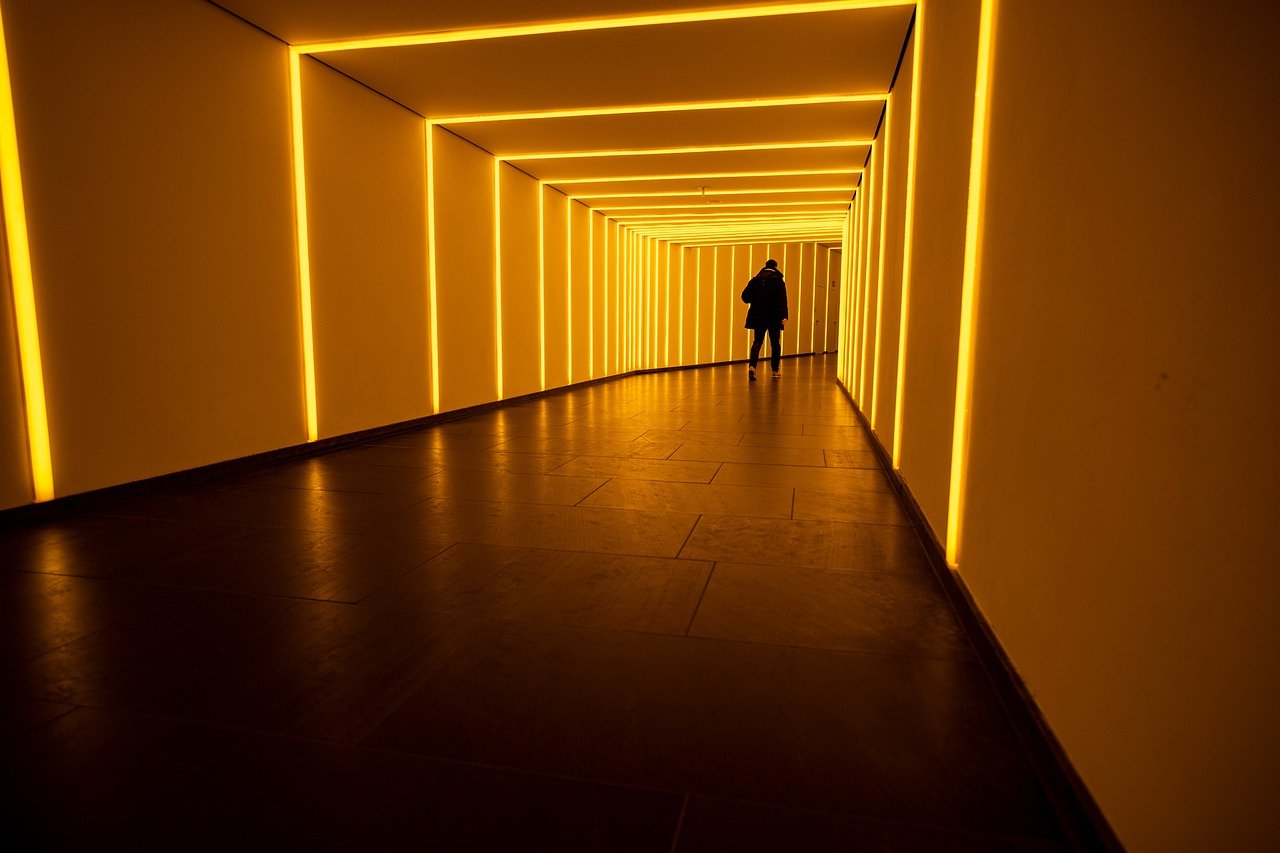
The Importance of Lighting in Art
Lighting is not just a practical consideration in the world of art; it's a powerful tool that can transform a simple painting into an extraordinary experience. Imagine walking into a gallery where each piece seems to breathe, its colors pulsating with life, all thanks to the way light interacts with the surface. Lighting plays a crucial role in how we perceive art, influencing not only the visibility of colors but also the emotional resonance of a piece.
When we talk about the importance of lighting, we are referring to its ability to shape the viewer's experience. A painting viewed under harsh fluorescent lights may appear stark and uninviting, while the same piece illuminated by soft, warm light can evoke feelings of comfort and intimacy. This is because lighting affects colors, shadows, and highlights in profound ways. For instance, natural light can enhance the vibrancy of pigments, making blues bluer and reds redder, while shadows can add a sense of depth and drama that invites the viewer to explore the artwork further.
Moreover, understanding the significance of lighting can greatly enhance both the creation and appreciation of paintings. Artists who grasp the nuances of lighting can manipulate it to convey specific moods or themes. For example, a somber painting might benefit from low, moody lighting to reinforce its emotional weight, while a bright, cheerful landscape can be brought to life with abundant light that mirrors the joy of a sunny day. This interplay between light and art is akin to a dance—each element must work in harmony to create a captivating performance.
To illustrate the impact of lighting on art, consider the following table that outlines different types of lighting and their effects:
| Type of Lighting | Effect on Art |
|---|---|
| Natural Light | Enhances color vibrancy and creates soft shadows. |
| Artificial Light | Provides control over intensity and direction, allowing for dramatic effects. |
| Backlighting | Creates silhouettes and adds a sense of mystery. |
| Spotlighting | Focuses attention on specific elements, creating a focal point. |
In conclusion, lighting is an essential element that artists and viewers alike should consider. It can make or break the visual impact of a painting, shaping not only how colors are perceived but also how emotions are conveyed. By mastering the art of lighting, artists can elevate their work, inviting viewers into a deeper engagement with the narrative and feeling behind each brushstroke.
- Why is lighting important in art? Lighting influences color perception, mood, and the overall aesthetic of a painting.
- How does natural light affect paintings? Natural light can enhance vibrancy and create soft shadows, making colors appear more dynamic.
- What are some common types of artificial lighting used in art? Common types include LED lights, halogen lights, and fluorescent lights, each offering different effects.
- Can lighting change the way a painting is interpreted? Yes, different lighting conditions can evoke different emotions and highlight various aspects of a painting.
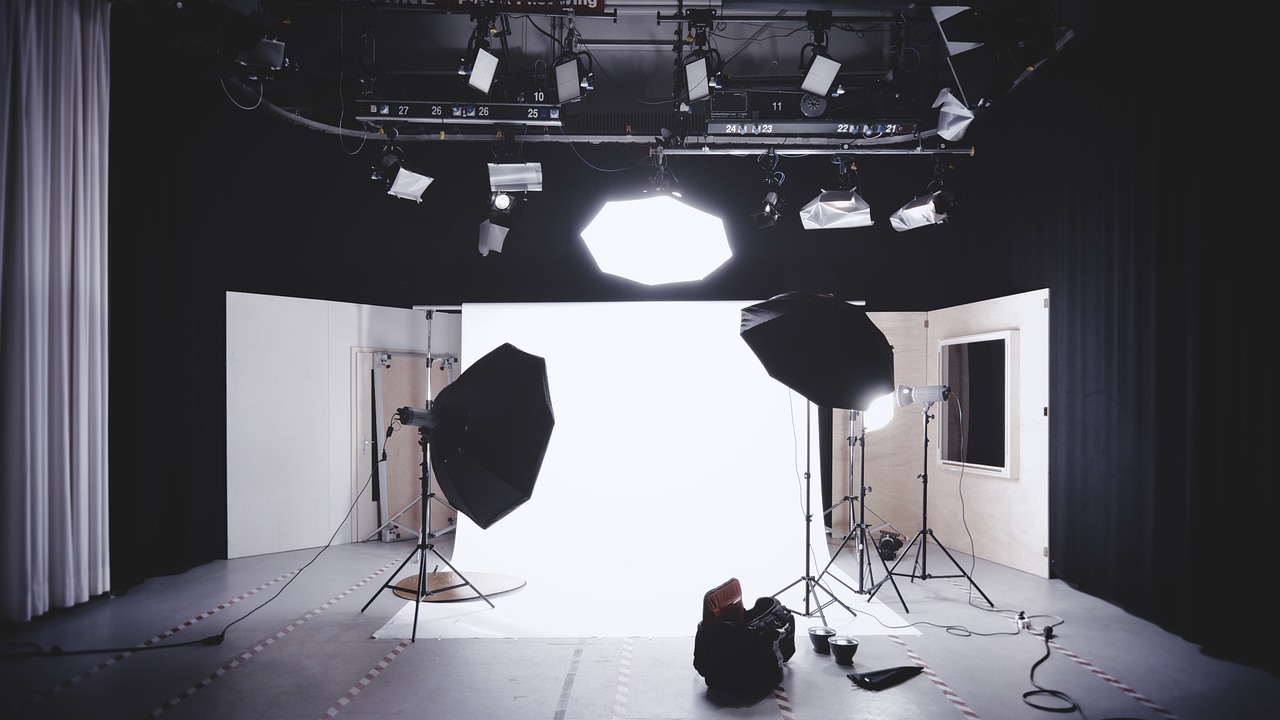
Types of Lighting Techniques
When it comes to painting, the type of lighting you choose can make all the difference in how your artwork is perceived. Lighting is not just about brightness; it's about how it interacts with colors, textures, and forms. Different lighting techniques can dramatically alter the appearance of a painting, influencing everything from mood to depth. Let’s dive into some of the most effective lighting techniques that artists can use to enhance their work.
First up, we have natural light, which is often considered the most authentic way to illuminate art. Natural light brings out the vibrancy of colors and creates soft shadows that can add a sense of realism to your artwork. The best times to utilize natural light are during the golden hour—that magical time just after sunrise or before sunset. During this period, sunlight takes on a warm, golden hue that can transform your painting into a masterpiece. The way light dances across your canvas can evoke feelings and emotions that resonate with viewers.
To maximize the benefits of natural lighting, consider the placement of your artwork. Strategically positioning your paintings near windows can significantly enhance their visibility. As the sun moves throughout the day, the changing angles of light can create dynamic visual effects. For instance, a painting might look entirely different in the morning compared to the afternoon. This variability can add an exciting dimension to your artwork.
During the golden hour, the quality of light is softer, and colors appear richer. Shadows become elongated, adding depth and interest to your painting. This is the perfect time to capture the essence of your subject matter. Whether you’re painting landscapes, portraits, or abstract pieces, the golden hour can imbue your work with a sense of warmth and tranquility that is hard to replicate at other times of the day.
Another technique to enhance natural lighting is to consider your window placement. Here are some tips:
- Position your artwork where it can receive direct sunlight for at least part of the day.
- Experiment with different times of day to see how the light changes.
- Use sheer curtains to diffuse harsh sunlight while still allowing a soft glow to illuminate your work.
While natural light is fantastic, it’s not always available, especially if you’re working in a studio or during the evening. This is where artificial lighting comes into play. With artificial light, you have the flexibility to create the desired mood and atmosphere at any time of day. There are various types of artificial lighting, including incandescent, fluorescent, and LED lights, each offering different qualities of light.
For example, incandescent bulbs emit a warm light that can mimic the golden hour, while fluorescent lights tend to be cooler and can create a more clinical feel. LEDs are versatile and can be adjusted to different color temperatures, making them a popular choice among artists. The key is to experiment with different light sources to see how they affect your artwork. By understanding the characteristics of each type of lighting, you can choose the best one to enhance your painting’s visual narrative.
In conclusion, the type of lighting you use can significantly impact your artwork. Whether you opt for natural light's soft, organic feel or the controlled environment of artificial lighting, understanding these techniques can elevate your paintings to new heights. So next time you’re about to start a new project, take a moment to consider the lighting—your artwork will thank you for it!
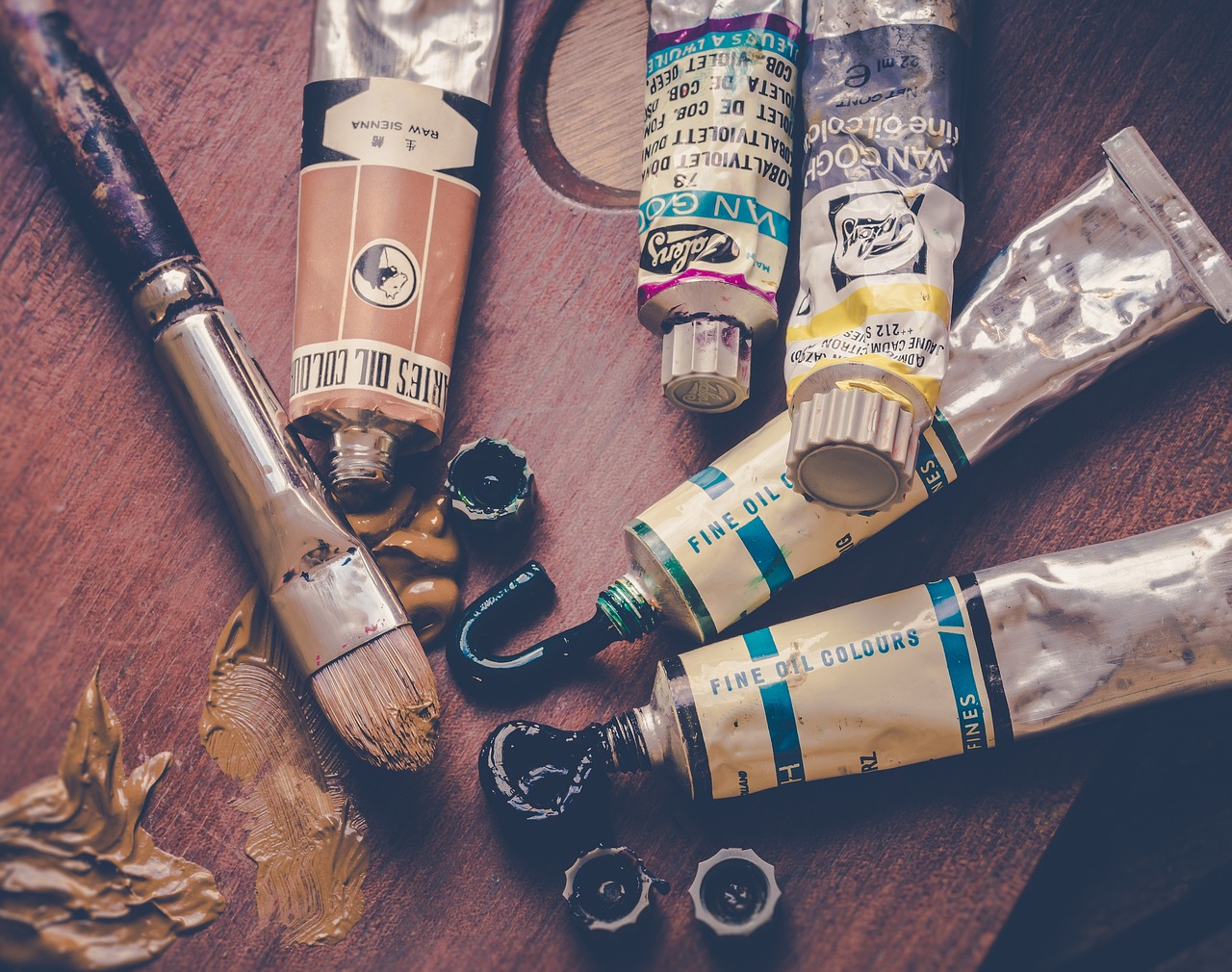
Natural Lighting
Natural light is a painter's best friend, offering a unique palette of colors and effects that can transform a piece of art. When you think about it, natural lighting is like the ultimate filter—it changes throughout the day, creating different moods and atmospheres that can enhance your work. Imagine painting a serene landscape at noon, where the sun casts bright, vibrant colors, versus capturing the same scene at dusk, where the soft, warm tones wrap around everything like a cozy blanket. The key is to understand how to harness this incredible resource.
One of the most effective ways to utilize natural light is to consider the time of day. The quality of light changes significantly from morning to evening, and each time brings its own unique charm. For instance, the golden hour, which occurs just after sunrise and before sunset, is renowned for its warm, soft light that can add depth and richness to colors. This is the time when shadows become more pronounced, creating a beautiful contrast that can make your painting pop.
Furthermore, the placement of your artwork in relation to windows can greatly influence how natural light interacts with your painting. If you strategically position your canvas near a window, you can maximize exposure to sunlight, allowing the painting to evolve throughout the day. As the sun moves, so too does the light in your space, creating dynamic visual effects that can inspire you and keep your creative juices flowing. Just think of it as nature's way of adding a bit of drama to your work!
Additionally, it's essential to pay attention to the weather conditions. Overcast days can provide a soft, diffused light that is perfect for capturing subtle details without harsh shadows. On the other hand, bright sunny days can create bold contrasts that may enhance certain colors while washing out others. By being mindful of these variations, you can adjust your painting techniques accordingly, ensuring that you take full advantage of the natural lighting available to you.
In conclusion, embracing natural lighting in your painting process can elevate your artwork in ways you might not have imagined. It’s like having a live assistant who changes the ambiance of your studio with the flick of a switch—except this assistant is the sun! So, next time you pick up your brush, consider how you can work with the natural light around you to create stunning, vibrant pieces that resonate with viewers.

Golden Hour Effects
The golden hour is a magical time for artists and photographers alike, occurring just after sunrise and just before sunset. During this period, the sunlight takes on a warm, golden hue that can transform the way colors are perceived in a painting. Imagine painting a landscape where the sun casts a soft glow over the trees, making the greens appear more vibrant and the shadows less harsh. This natural phenomenon not only enhances the colors but also adds a layer of depth and warmth to the artwork.
One of the most captivating aspects of the golden hour is how it creates a sense of drama and emotion. The gentle light can evoke feelings of nostalgia and tranquility, making it an ideal time for artists to capture the essence of their subjects. When the sun hovers low on the horizon, it produces long shadows that stretch across the canvas, adding a three-dimensional quality to the scene. This interplay of light and shadow can be likened to a painter's brush, delicately shaping the narrative of the artwork.
To make the most of the golden hour effects, artists should consider the following tips:
- Timing is Everything: Aim to start your painting session about an hour before sunset or after sunrise to fully capture the changing light.
- Observe Color Changes: Pay attention to how colors shift during this time; they can become more saturated and rich.
- Utilize Reflective Surfaces: Incorporating water or shiny objects can enhance the golden light, creating stunning reflections that add to the overall composition.
Incorporating golden hour lighting into your artwork can lead to breathtaking results. The warmth of the light can soften harsh edges and create a harmonious blend of colors that draws viewers in. As you paint, take a moment to step back and observe how the light interacts with your subject. This can often reveal new perspectives and inspire creative decisions that elevate your work to new heights. So, next time you find yourself with a brush in hand, remember the golden hour—it’s not just a time of day; it’s a golden opportunity to enhance your artistic expression.
Q: What is the golden hour in photography and painting?
A: The golden hour refers to the period shortly after sunrise and before sunset when the sunlight is soft and warm, creating ideal conditions for capturing vibrant colors and dramatic shadows.
Q: How can I effectively use golden hour lighting in my artwork?
A: To effectively use golden hour lighting, plan your painting sessions during these times, observe the changing light, and consider how it affects the colors and shadows in your composition.
Q: What are some common challenges artists face during the golden hour?
A: One common challenge is the fleeting nature of golden hour light; it changes rapidly, so artists must work quickly to capture the desired effects before the light shifts.
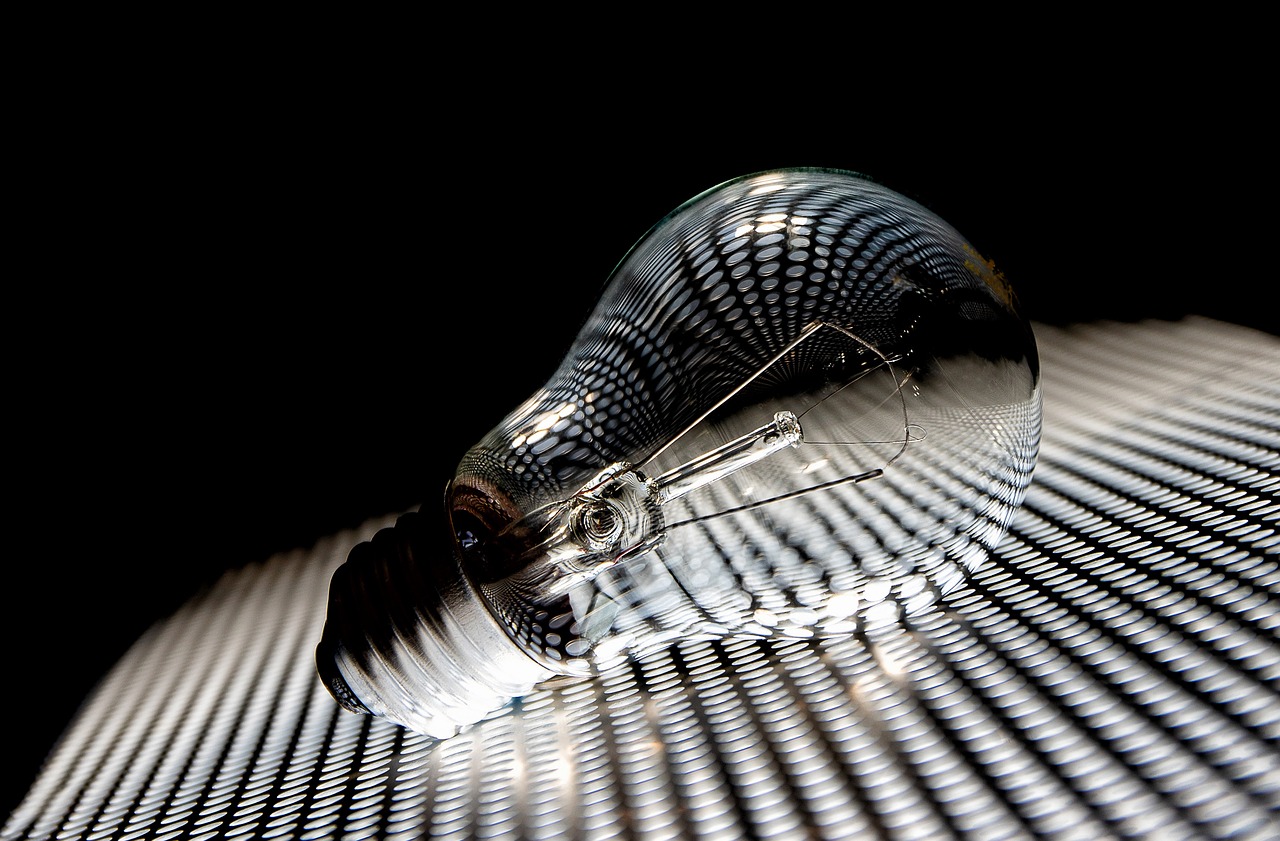
Window Placement
When it comes to enhancing your paintings, the placement of windows in relation to your artwork can make a world of difference. Imagine walking into a room where a painting is bathed in natural light, its colors popping and shadows dancing gracefully across the canvas. This is not just a happy accident; it’s the result of thoughtful . By positioning your artwork near windows, you can maximize the amount of natural light it receives, which can transform the viewing experience dramatically.
Consider the direction of the light throughout the day. South-facing windows typically provide the most consistent light, while east-facing windows offer a soft glow in the morning. Conversely, west-facing windows can create stunning evening effects, casting rich, warm tones across your paintings. Each time of day brings its own unique characteristics:
| Window Direction | Time of Day | Lighting Effects |
|---|---|---|
| South | All Day | Bright, consistent light |
| East | Morning | Soft, warm light |
| West | Evening | Rich, golden light |
Moreover, the angle of the sunlight can also create interesting effects. For instance, low-angle sunlight can cast long shadows, adding depth and intrigue to your artwork. To take advantage of this, you might want to experiment with the placement of the painting at different times of the day, observing how the light interacts with it. This can lead to surprising revelations about your work that you might not have noticed otherwise.
In addition to the direction and time of day, consider using sheer curtains or blinds to diffuse harsh sunlight. This can help soften the light, reducing glare and allowing the true colors of your painting to shine through without being washed out. The key is to maintain a balance where the light enhances rather than detracts from the artwork.
Ultimately, the strategic placement of your artwork in relation to windows is an art form in itself. It requires a bit of experimentation and a keen eye for detail. By taking the time to observe how light interacts with your paintings, you can create a dynamic and engaging visual experience that captivates viewers and elevates your artistic expression.
- How does natural light affect paintings? Natural light can enhance colors and create depth through shadows, making the artwork more vibrant and engaging.
- What is the best time of day to display paintings? The golden hour, just after sunrise or before sunset, is ideal for displaying paintings as it provides warm, soft light.
- Can I use artificial lighting instead of natural light? Yes, artificial lighting can be adjusted to create specific moods and effects, offering flexibility for displaying artwork.

Artificial Lighting
Artificial lighting is a game changer in the world of art, offering artists a wealth of options to enhance their paintings with precision and creativity. Unlike natural light, which can be unpredictable and varies throughout the day, artificial lighting provides a stable and controllable environment. This means you can dictate how your artwork is presented, ensuring that every brushstroke is highlighted just the way you envision it. But what types of artificial lighting should you consider? Let's dive into some popular options.
First up, we have incandescent bulbs. These traditional bulbs emit a warm light that can create a cozy and inviting atmosphere, perfect for showcasing warm tones in your paintings. They tend to cast softer shadows, which can be beneficial for creating a gentle ambiance. However, they can also distort colors slightly, so it's essential to be mindful of this when choosing your lighting.
Next, we have fluorescent lights. These are often used in studios because they provide a bright, even light that can be adjusted to different color temperatures. They are excellent for revealing details in your work, but beware: they can sometimes wash out colors, making them appear less vibrant than they truly are. If you want to maintain the integrity of your colors, consider using full-spectrum fluorescent bulbs that mimic natural daylight.
Another fantastic option is LED lights. These are incredibly versatile and energy-efficient, offering a range of color temperatures from warm to cool. The beauty of LEDs is their longevity and low heat output, meaning you can light your workspace without worrying about damaging your artwork. Plus, they come in various forms, like strips or panels, giving you the flexibility to create the perfect lighting setup.
When setting up artificial lighting, consider the angle and intensity of the light. Lighting from above can create dramatic shadows, while lighting from the side can enhance textures and details. Experimenting with different angles can lead to surprising results, transforming the way your artwork is perceived. For instance, lighting a painting from the side can bring out its dimensionality, making it pop off the canvas.
Finally, don't forget about the importance of dimming capabilities. Having the option to adjust the brightness allows you to create different moods and atmospheres, making your artwork adaptable to various settings. Whether you're preparing for an exhibition or simply showcasing your work at home, the ability to control lighting can make a world of difference.
In summary, artificial lighting is not just a tool; it's a powerful ally in your artistic journey. By understanding the different types of lighting available and how they can be manipulated, you can elevate your paintings to new heights, ensuring they resonate with viewers in profound ways.
- What type of lighting is best for painting? It depends on your specific needs, but many artists prefer a combination of natural and artificial light to achieve the best results.
- Can I use regular light bulbs for painting? While you can use regular light bulbs, consider options like LED or full-spectrum bulbs for the best color accuracy.
- How can I create different moods with lighting? Adjusting the angle, intensity, and color temperature of your lights can significantly change the mood of your painting.

Creating Mood with Lighting
When it comes to art, lighting is not just about visibility; it's about creating a mood that resonates with the viewer. Imagine stepping into a dimly lit room where a single painting is illuminated by a soft, warm light. The atmosphere feels intimate, inviting you to explore the emotions captured within the canvas. Lighting can dramatically shift how a piece is perceived, transforming a simple artwork into an emotional experience. The right lighting can evoke feelings of tranquility, excitement, or even melancholy.
One of the most effective ways to create mood is by highlighting key elements within your painting. By using focused lighting on specific areas, you can draw the viewer's attention to particular details, making them the focal point of the artwork. For instance, if you have a portrait, illuminating the subject's eyes can create a sense of connection and engagement, almost as if the person is looking right back at you. This technique not only enhances the narrative of the painting but also invites viewers to delve deeper into its story.
On the flip side, incorporating shadows can add an entirely different layer of depth and dimension to your work. Shadows can create a sense of mystery, making the viewer ponder what lies beyond the illuminated areas. Imagine a landscape where the sun casts long shadows over the hills; this not only adds realism but also enhances the emotional tone of the piece. Shadows can make a painting feel more three-dimensional, allowing the viewer to feel as if they could step right into the scene.
To illustrate the impact of lighting on mood, consider the following table that compares different lighting scenarios and their emotional effects:
| Lighting Type | Emotional Effect |
|---|---|
| Soft Natural Light | Calm, Peaceful |
| Harsh Artificial Light | Intense, Confrontational |
| Dim Lighting | Intimate, Mysterious |
| Colorful Backlighting | Joyful, Energetic |
Ultimately, the way you utilize lighting in your paintings can be the difference between a piece that merely exists and one that truly resonates with its audience. So, the next time you pick up your brush, think about how you can manipulate light to not just illuminate your work, but to also tell a compelling story that evokes emotion. Lighting is your secret weapon; use it wisely!
- How can I experiment with lighting in my art? Start by trying different light sources at various times of the day. Observe how the light changes the colors and shadows in your work.
- What is the best type of lighting for indoor painting? Natural light is often the best, especially during the golden hour. However, a combination of soft artificial lights can also work well.
- Can lighting affect the way colors appear in my paintings? Absolutely! Different lighting can alter the perception of colors, making them appear warmer or cooler depending on the source.
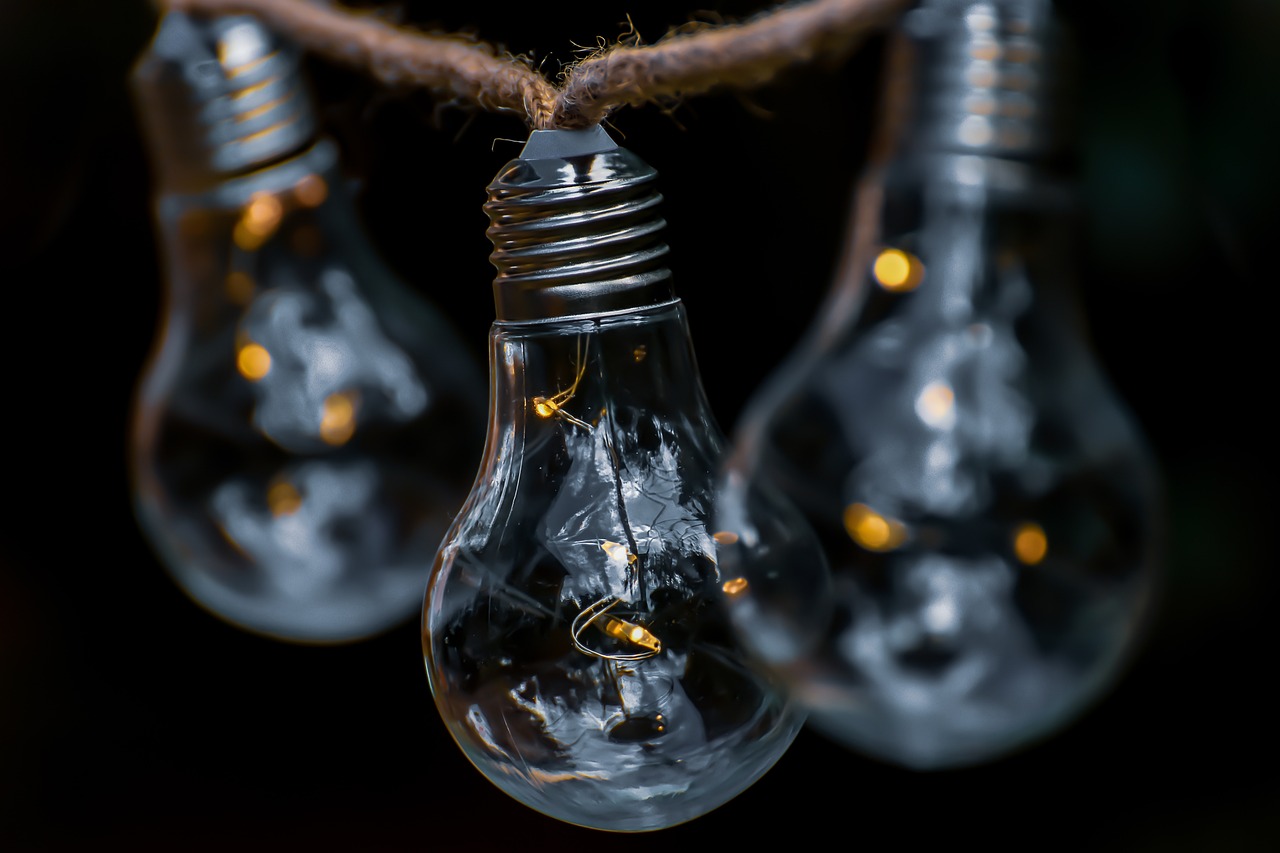
Highlighting Key Elements
When it comes to painting, one of the most effective ways to guide the viewer’s eye is by within your artwork. Just think about it: when you walk into a gallery, what draws you in? It’s often the vibrant colors or the striking contrasts that catch your attention first. By strategically using light to emphasize certain features, you can create a visual narrative that tells a story and evokes emotions.
Imagine your painting as a stage, where the main characters are the focal points you want your audience to notice. By applying focused lighting to these elements, you can create a dramatic effect that not only enhances their visibility but also adds a layer of intrigue. For instance, if you have a serene landscape, illuminating a specific tree or a distant mountain can transform the entire scene, making it feel alive and inviting.
Here are some ways to effectively highlight key elements in your paintings:
- Use of Spotlights: By employing spotlights or directed artificial light, you can create a concentrated beam that draws attention to a specific area of your painting. This technique is especially useful in gallery settings where you want to create a focal point.
- Contrast with Shadows: Shadows can be just as important as light. By casting shadows on less important areas, you can make the highlighted elements pop even more. This contrast creates depth and visual interest.
- Color Temperature: Warmer colors often attract the eye more than cooler tones. By using a warm light source on key elements, you can create a sense of warmth and intimacy that invites viewers to linger.
Another aspect to consider is the emotional impact of light. Think about how the lighting in a movie can change the mood of a scene. The same principle applies to your paintings. By highlighting certain elements with light, you can evoke feelings of joy, sadness, or nostalgia. For example, a well-lit figure in a painting can convey a sense of hope, while darker areas can evoke mystery or tension.
In addition, it’s essential to remember that the placement of light sources can greatly affect how your painting is perceived. Experimenting with different angles and intensities can lead to surprising results. You might find that a slight adjustment in the lighting can change the entire mood of your piece, making it feel fresh and engaging.
Ultimately, highlighting key elements in your artwork is not just about aesthetics; it’s about storytelling. You want your viewers to connect with your work on a deeper level. So, take the time to play with light, explore its effects, and watch how your paintings come to life. After all, art is not just something to be seen; it’s something to be experienced.
Q: How can I determine which elements to highlight in my painting?
A: Consider the story you want to tell. Identify the main subject or theme of your painting and use lighting to draw attention to those elements. Think about what emotions you want to evoke and how light can enhance that.
Q: Is natural light better than artificial light for highlighting elements?
A: It depends on the effect you want to achieve. Natural light can create soft, organic highlights, while artificial light allows for more control and intensity. Experiment with both to see what works best for your artwork.
Q: Can I use colored lighting to highlight elements?
A: Absolutely! Colored lighting can add a unique dimension to your painting and create specific moods. Just be mindful of how the colors interact with your artwork’s palette.
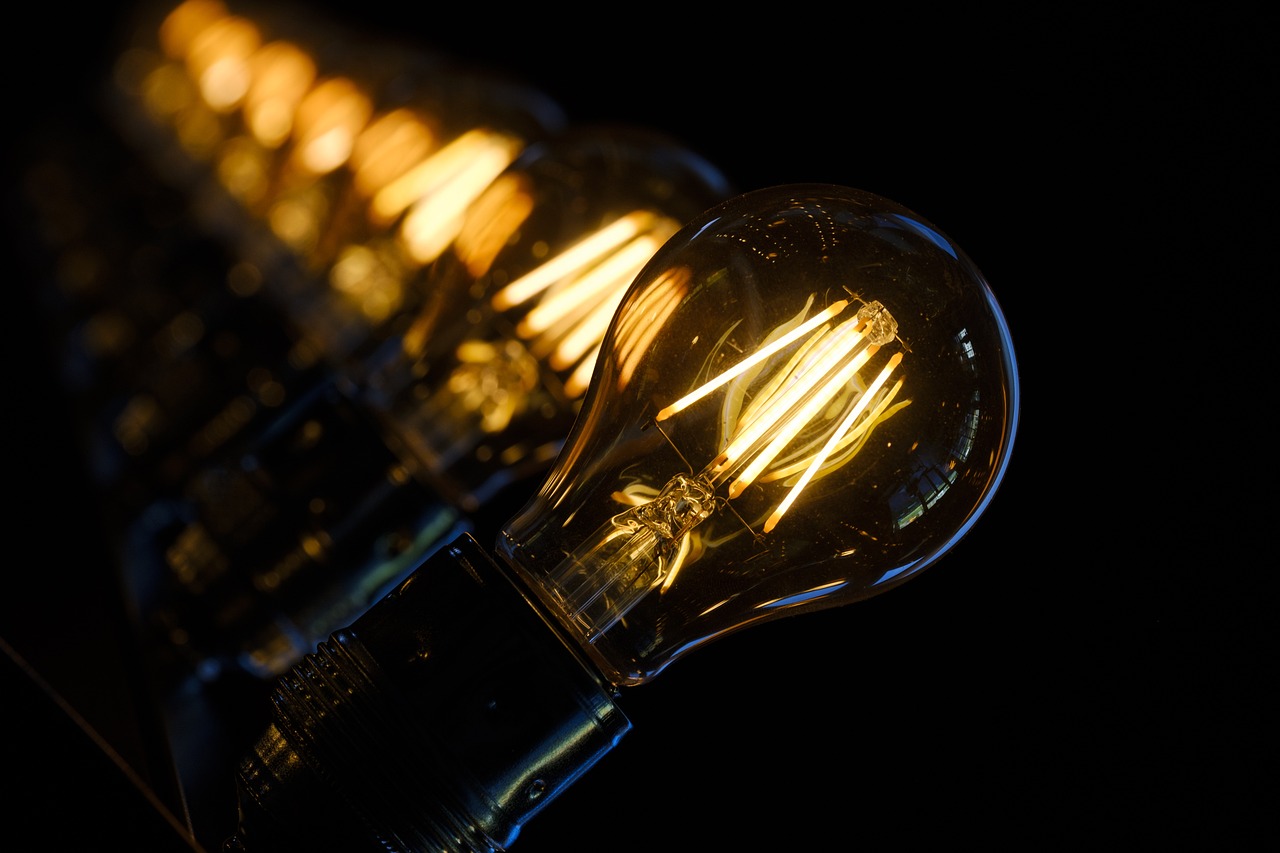
Shadows and Depth
When it comes to painting, shadows are not just dark areas; they are the unsung heroes that add depth and dimension to your artwork. Imagine looking at a painting where everything appears flat and lifeless. Now, picture the same piece infused with shadows that dance across the canvas, creating a sense of three-dimensionality. Shadows can transform a simple scene into a captivating narrative, pulling the viewer into the story you are telling.
Utilizing shadows effectively requires an understanding of light and how it interacts with objects. When light hits a surface, it creates areas of brightness and darkness. The contrast between these areas is what gives a painting its visual interest. For instance, consider a still life of a fruit bowl: the bright highlights on the apples and the soft shadows cast by the bowl itself work together to create a realistic portrayal. Without those shadows, the fruit would look like it’s floating in space, devoid of any grounding.
To incorporate shadows into your paintings, you might start by observing how light behaves in your environment. Pay attention to the way shadows elongate during different times of the day. The angle of the light source can dramatically change the way objects are perceived. For example, when the sun is low in the sky, shadows are long and can create dramatic shapes that add to the overall composition.
Moreover, shadows can evoke emotions and set the tone of your painting. A dark, heavy shadow can create a sense of mystery or foreboding, while soft, gentle shadows can evoke calmness and serenity. It’s almost like using shadows as a language in your artwork, communicating feelings without the need for words. Here’s a little breakdown of how different shadow techniques can influence your painting:
| Shadow Technique | Effect on Painting |
|---|---|
| Soft Shadows | Creates a gentle, calming atmosphere. |
| Hard Shadows | Conveys drama and tension. |
| Layered Shadows | Adds complexity and depth. |
As you paint, consider the placement and intensity of your shadows. Are they too harsh? Do they blend seamlessly with the highlights? Experimenting with different brush techniques can also yield fascinating results. For instance, using a dry brush can create soft edges, while a wet brush can produce more defined lines. Each method will lend a different feel to your painting.
In conclusion, shadows are not merely a tool for creating depth; they are a vital element that can enhance the emotional resonance of your artwork. By mastering the interplay of light and shadow, you can invite your viewers to look deeper into your paintings, encouraging them to explore the stories hidden within.
- How do I start incorporating shadows into my paintings?
Begin by observing shadows in your environment. Experiment with different light sources and note how they affect the shadows cast by objects. - What is the best way to practice shadow techniques?
Try creating sketches or studies focusing solely on light and shadow. This will help you understand how to manipulate them in your paintings. - Can shadows change the mood of my painting?
Absolutely! The type and placement of shadows can evoke different emotions, adding layers of meaning to your work.

Practical Tips for Artists
When it comes to incorporating lighting into your artwork, the journey can be as thrilling as the final product. Understanding how to manipulate light can truly transform your paintings, making them not only visually stunning but also emotionally resonant. Here are some practical tips to help you navigate the fascinating world of lighting in art.
First off, experimenting with different light sources is essential. Don’t just stick to one type of lighting; instead, try out various sources such as incandescent bulbs, fluorescent lights, or even LED strips. Each type of light can create a unique atmosphere and affect the colors and shadows in your painting differently. For instance, natural sunlight can bring out the vibrancy in your colors, while artificial lighting can create dramatic contrasts and enhance textures. As you explore these options, take notes on how each lighting type changes the mood of your artwork. This can be a fun and enlightening process!
Another tip is to adjust your lighting during the creation process. This is crucial for artists who want to achieve the best color accuracy and composition. As you paint, move your light source around to see how it affects your work. You might find that a slight shift in the angle of the light can dramatically alter the perception of depth and dimension in your piece. This practice not only helps you understand how lighting interacts with your artwork but also encourages you to be more intentional about your choices.
Moreover, consider the time of day when planning your painting sessions. Natural light changes throughout the day, and each phase can offer different qualities. The soft, diffused light of morning can create a calm and serene atmosphere, while the harsher midday sun can provide clarity and brightness. Conversely, the warm glow of the golden hour can add a magical quality to your colors. By synchronizing your painting schedule with these natural changes, you can enhance the emotional impact of your work.
Lastly, don’t underestimate the power of shadows. Incorporating shadows into your paintings can add incredible depth and dimension. Shadows can create a sense of drama and intrigue, guiding the viewer's eye to important elements within the artwork. Experiment with how shadows fall and shift as you adjust your lighting. You might find that a simple change in the light’s position can create a completely different narrative within your painting.
In summary, lighting is not just a technical aspect of painting; it is a powerful tool that can enhance your creative expression. By experimenting with different light sources, adjusting your lighting during the painting process, being mindful of the time of day, and effectively using shadows, you can elevate your artwork to new heights. Remember, the key is to remain curious and open to exploration. Your next masterpiece might just be a play of light away!
- What is the best type of lighting for painting indoors?
Natural light is often considered the best, as it reveals the true colors of your paint. However, daylight-balanced artificial lights can also be effective.
- How can I create mood with lighting in my paintings?
By using focused lighting to highlight key elements and incorporating shadows, you can significantly influence the emotional impact of your artwork.
- Is it necessary to adjust lighting while painting?
Yes! Adjusting lighting can help you see your work from different perspectives and improve color accuracy.
- Can I use colored lights to enhance my paintings?
Absolutely! Colored lights can create unique effects and alter the mood of your artwork, so don’t hesitate to experiment.
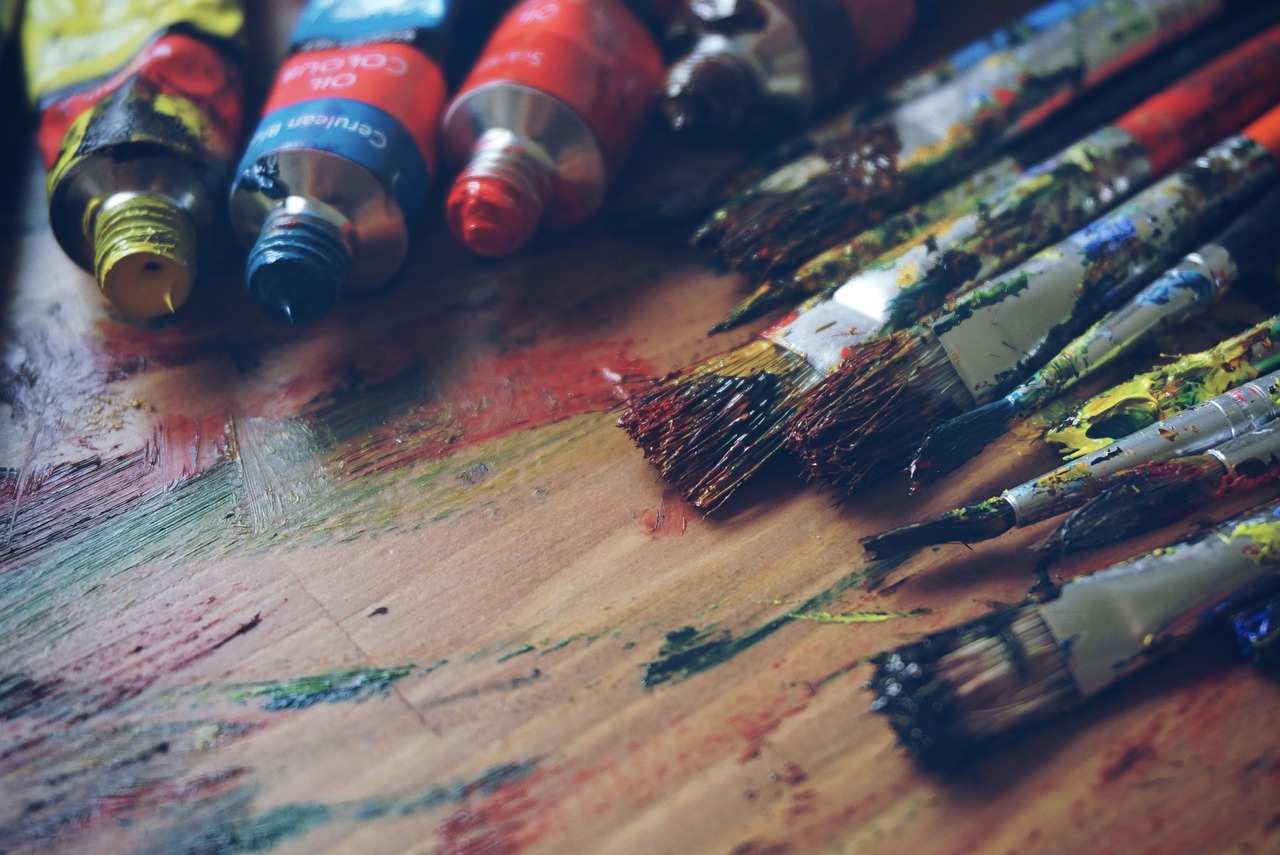
Experimenting with Different Sources
As an artist, one of the most exciting adventures you can embark on is experimenting with different light sources. Just like a chef plays with spices to create a unique flavor, you can manipulate light to bring out the best in your paintings. Each light source has its own characteristics, and understanding these can transform your artwork in ways you might not have imagined. Imagine painting a sunset; the warm glow of natural light can create a completely different mood than the harsh glare of fluorescent bulbs. So, why not explore the myriad of options available to you?
Start by considering the variety of light sources you can use. Here are a few to keep in mind:
- Natural Light: Sunlight, especially during different times of the day, can offer a rich palette of colors and shadows.
- Incandescent Bulbs: These bulbs provide a warm light that can enhance the richness of colors in your artwork.
- LED Lights: Known for their versatility, LEDs can be adjusted to emit various color temperatures, making them ideal for creating specific atmospheres.
- Fluorescent Lights: While they can be harsh, they can also be used strategically to create stark contrasts and emphasize certain details.
Each of these sources can dramatically alter the way your colors appear. For instance, natural light can create a soft, ethereal effect, while artificial lights can be manipulated to cast dramatic shadows or highlights. It’s all about how you position your light and the intensity you choose to use. Don't be afraid to experiment! Move your light source around, change its distance from your painting, and observe how it interacts with your colors and textures. You might find that a simple shift in light can evoke a completely different emotion in your artwork.
Moreover, don’t limit yourself to just one type of lighting. Combine different sources to see how they interact. For example, using a warm incandescent light alongside cooler fluorescent lights can create an intriguing contrast that adds depth and interest to your piece. Think of it like mixing colors on your palette; sometimes the most unexpected combinations yield the most stunning results.
Lastly, keep a journal of your lighting experiments. Document what works, what doesn’t, and how each light source changes your perception of the artwork. This will not only help you refine your technique but also inspire new ideas for future projects. Remember, the world of light is as vast as your imagination, and by experimenting with different sources, you can truly elevate your paintings to new heights.
Q: How does lighting affect the colors in my painting?
A: Lighting can significantly alter the appearance of colors in your painting. Natural light tends to bring out the vibrancy of colors, while artificial light can create different moods and tones depending on its type and intensity.
Q: What is the best time of day to use natural light?
A: The golden hour, which occurs just after sunrise and before sunset, is often considered the best time for natural light due to its warm and soft qualities.
Q: Can I use multiple light sources at once?
A: Yes! Combining different light sources can create unique effects and enhance the depth and dimension of your artwork.
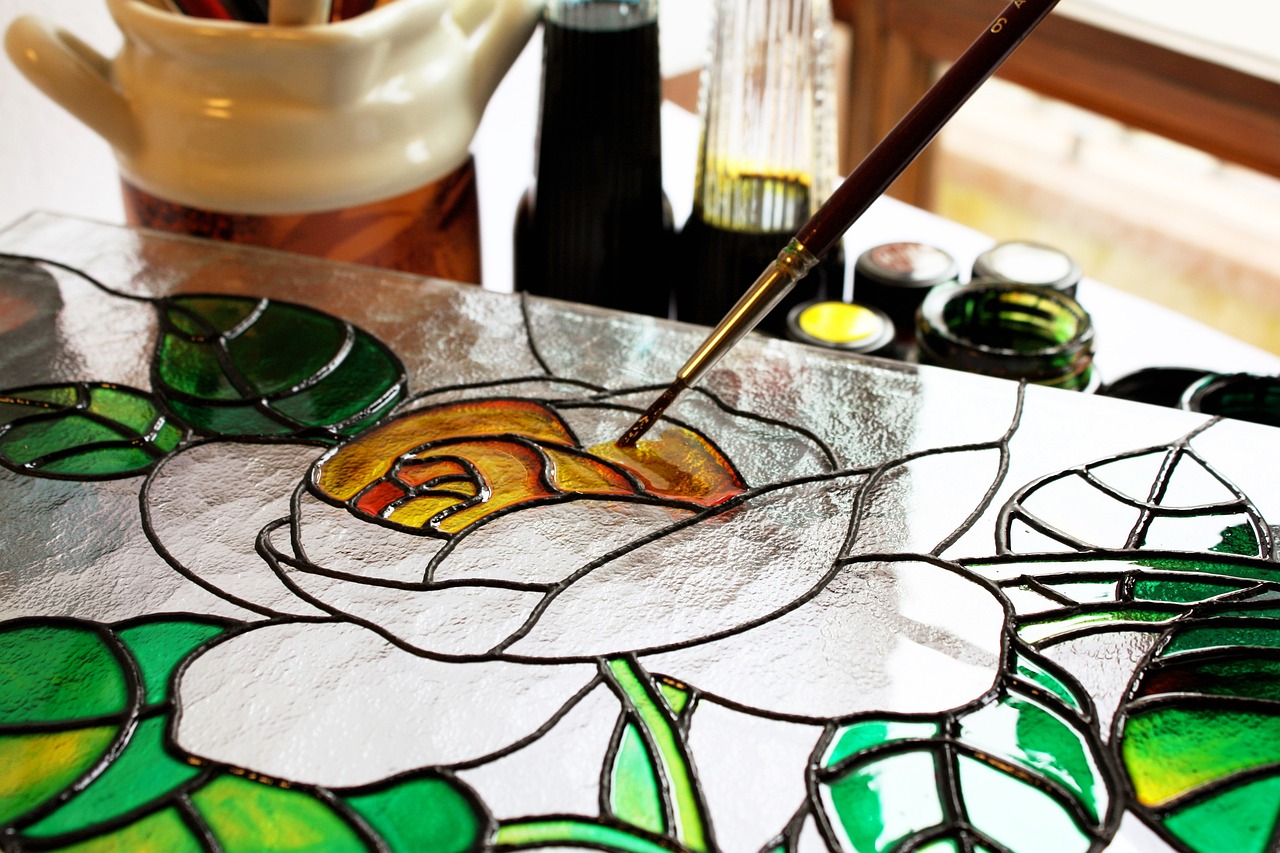
Adjusting Lighting During Creation
When you're in the midst of painting, the lighting conditions can make or break your artistic vision. It's not just about having enough light; it's about having the right kind of light. Imagine trying to capture the essence of a sunset with harsh fluorescent bulbs overhead—doesn’t quite vibe, right? By adjusting the lighting in your workspace, you can see your colors in their true form, allowing you to make informed decisions as you create.
One of the best practices is to experiment with different light sources. Natural light is fantastic, but what if the sun is playing hide-and-seek? Here’s where artificial lighting comes into play. You can use softbox lights or LED panels to mimic daylight, giving you that soft, diffused effect that enhances color accuracy. Remember, the goal is to create an environment where you can see the contrasts and subtleties in your work.
Moreover, the angle of your light can significantly impact how you perceive your artwork. For instance, lighting from above can create dramatic shadows, while side lighting can help reveal textures and details that might otherwise go unnoticed. Don’t hesitate to play around—move your light sources around, and see how the painting reacts. It’s a bit like dancing; sometimes you need to change your position to find the rhythm!
To illustrate this further, consider creating a simple table to track your observations on how different lighting affects your painting:
| Lighting Type | Effect on Colors | Shadows Created | Overall Mood |
|---|---|---|---|
| Natural Light | Vibrant and true | Soft shadows | Warm and inviting |
| Softbox Light | Even tones | Minimal shadows | Calm and serene |
| Spotlight | Intense colors | Strong, defined shadows | Dynamic and dramatic |
By keeping track of these factors, you can better understand how to manipulate your environment to achieve your desired results. Adjusting the lighting during your creative process isn’t just a technical adjustment; it’s an artistic tool that can help you tell a more compelling story through your work. So, the next time you find yourself in front of a blank canvas, remember: the right light can illuminate not just your painting, but your entire creative journey.
- How does lighting affect the perception of colors in paintings?
Lighting can dramatically change how colors appear, influencing their vibrancy and warmth. Natural light tends to show colors in their true form, while artificial light can cast different tones. - What is the best type of artificial lighting for painting?
Soft, diffused lighting, such as softbox lights or LED panels, is generally the best for painting, as it mimics natural light and reduces harsh shadows. - Should I adjust my lighting while painting?
Absolutely! Adjusting your lighting can help you see your work from different angles and improve your overall color accuracy.
Frequently Asked Questions
- Why is lighting important in painting?
Lighting is crucial because it affects how colors are perceived and can dramatically change the mood of a painting. It influences shadows and highlights, which can add depth and dimension to your artwork, making it more engaging for viewers.
- What is natural lighting and how can it be used effectively?
Natural lighting refers to sunlight and can enhance your painting by creating soft shadows and vibrant colors. The best times to utilize natural light are during the golden hour, shortly after sunrise or before sunset, when the light is warm and flattering.
- How does artificial lighting differ from natural lighting?
Artificial lighting offers more control and flexibility. You can adjust the intensity and direction of the light, allowing you to create specific effects and atmospheres that may not be possible with natural light alone.
- What are some practical tips for incorporating lighting into my painting process?
Experiment with different light sources to see how they affect your work. Adjusting your lighting conditions while painting can help you gain a better perspective on color accuracy and overall composition, ensuring your artwork looks its best.
- Can lighting really change the mood of my painting?
Absolutely! The way you use lighting can evoke specific feelings and atmospheres in your artwork. For instance, warm lighting can create a cozy feeling, while cooler lighting might evoke a sense of calm or melancholy.
- How can I highlight specific elements of my painting using lighting?
By using focused lighting, you can draw attention to key elements in your painting. This can create a focal point that enhances the narrative of your artwork and guides the viewer's eye to where you want it to go.
- What role do shadows play in enhancing a painting?
Shadows add depth and dimension, making your painting appear more three-dimensional. Incorporating strategic shadows can make your artwork more engaging and help convey a sense of realism.



















